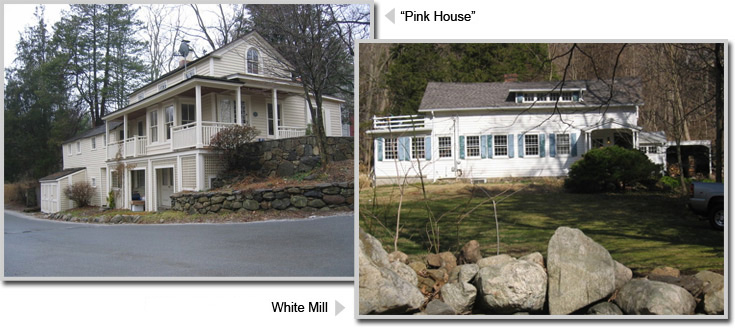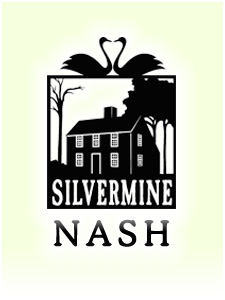With the rapid suburbanization of southwestern Connecticut after World War II, Silvermine began to change. Although the Guild continued to thrive as an arts center and organization, the first generation of artists were growing old or had passed away. Scattered small farms, in the same family for generations, were developed with suburban tract housing for new transplants from New York and other parts of Connecticut. These new developments undermined the previously rural character of Silvermine considerably. However, a new generation of artists, writers and musicians continued to thrive in and visit the area. John McClelland (1919-), an etcher who created plates using classic nursery rhymes, lived at both the “Pink House” at 1057 Silvermine Road and the White Mill at 174 Perry Avenue.

The most important event of mid-century Silvermine was the heavy rains that caused the flooding of the Silvermine River in 1955. The flood damaged many properties, particularly those located directly on the river. The most dramatic destruction was caused to the Buttery Mill, which was mostly destroyed. While a section of the building was incorporated and included into a new secondary building on the property it was never again used as a mill, ending the longest continuous usage as a mill in the history of the United States. Margaret Bourke White (1904-1971), the first female war correspondent and one of the most famous photographers of the 20th century, took pictures of the 1955 Silvermine Flood for Life Magazine.
